Dialogue Erlitou's archaeological team captain Zhao Haitao: The "skeleton" of the "Well Flag" highlights the order of the dynasty's ruling pattern
Author:Cover news Time:2022.09.16
Cover news reporter Dai Zhuxin
Interviewee
In the history of Chinese archeology, the "Erlitou Site" is a shining name. A number of "China is the most" here: So far, China ’s earliest bronze ritual group, the earliest urban main road network ... Recently, this large capital of large -scale cities that have been carefully planned and strictly established. Bring new discoveries and explorations.
On September 16, at the important work progress of the major "archeological China" project held in Beijing, the State Administration of Cultural Relics released the new archeological progress of the Erlitou site of Yanshi in Henan. Cover News Dialogue Zhao Haitao, the captain and associate researcher of the Erlitou Working Team of the Institute of Archeology of the Chinese Academy of Social Sciences to interpret the important new archeological discovery of the Erlitou site.
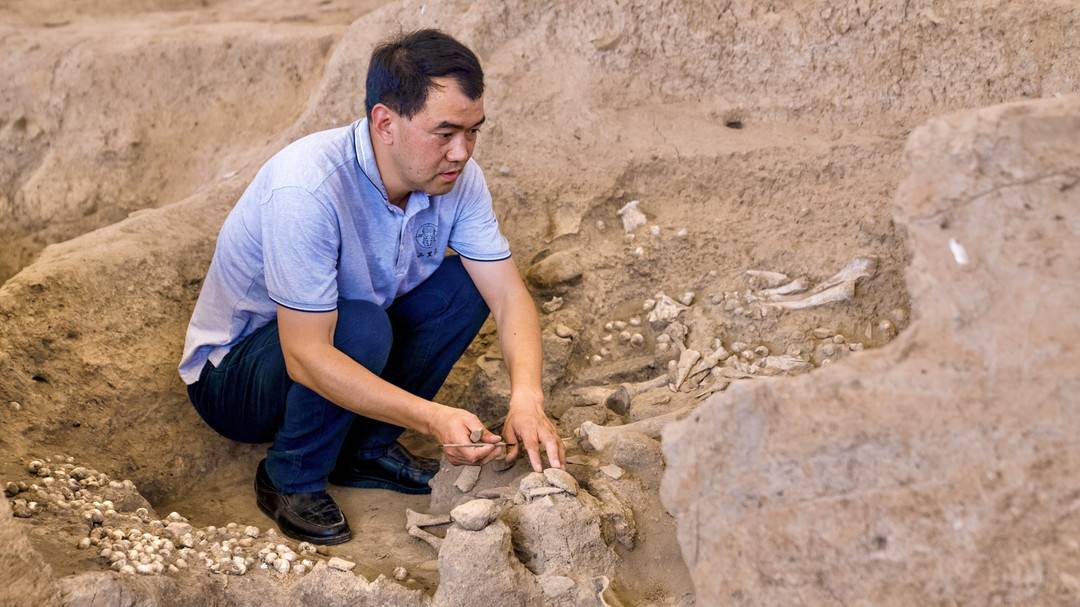
Zhao Haitao's archeological excavation scene at Erlitou
"Well Font" network format distribution
The unprecedented creation of Duyi layout
In 1959, when the famous historian Xu Xusheng launched a "Xiaxu" survey in the western Henan Henan, he checked the Erlitou site. This site is located in Yanshi District, Luoyang City, Henan Province. The existing area of the site is 3 million square meters. It is absolutely between 1750 BC and 1530 BC. Now, academic circles generally believe that it is the capital site in the late Xia Dynasty.
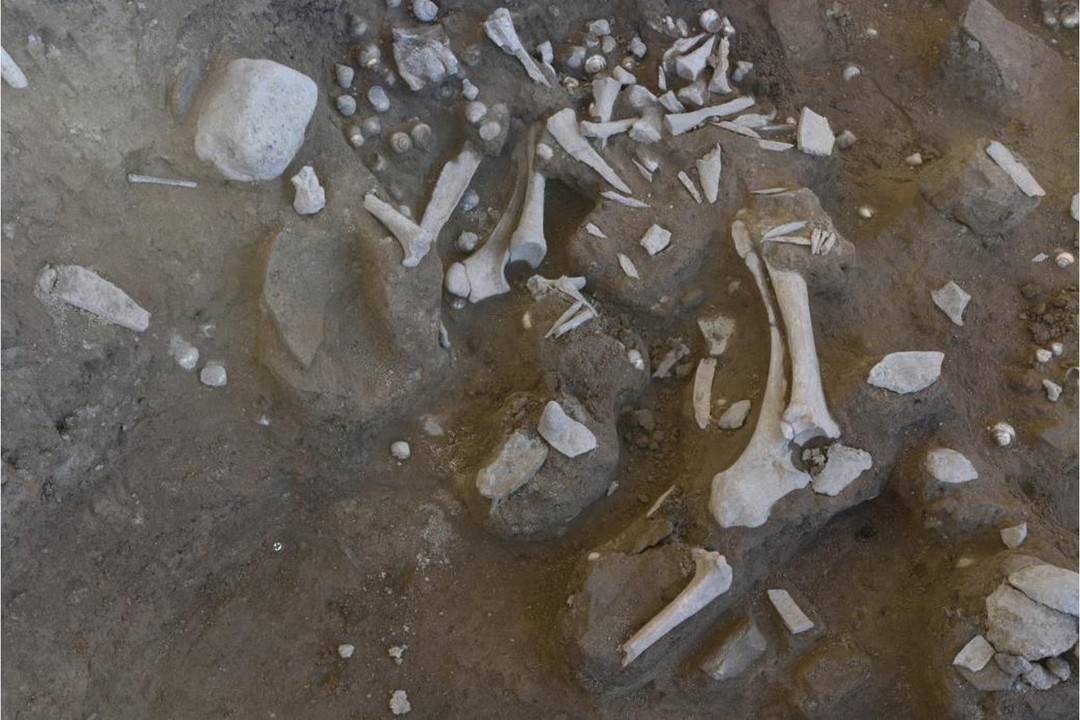
Bone, corner relic

Gluton Dragon shape
For many years, archeologists have continued to work here, and gradually unveiled the mysterious veil of the Erlitou site. On the basis of more than 60 years of archeological excavation results, since 2021, the two -mile archeological team has successively discovered.
Zhao Haitao said that the archeological team revealed many urban road ruins and rammed earth walls on both sides. Interestingly, these main roads and walls on both sides form a "well" -shaped grid, which divide the two miles into multiple square and regular functional areas.
"The middle and core position is the palace area, which shows the supreme supreme and highly concentrated political power of the royal power." Zhao Haitao said that the north of the palace area is the sacrifice area, and the south of the palace area is the official workshop area. The bronze ceremony may be processed in this area. These three most important areas are exactly the middle of the road, and the important relics arch guards are around the palace area. "We found its 'skeleton', which fully conforms to the characteristics of" choosing the world and standing the country, choosing the country, choosing a palace and standing in the temple. "

Diagram
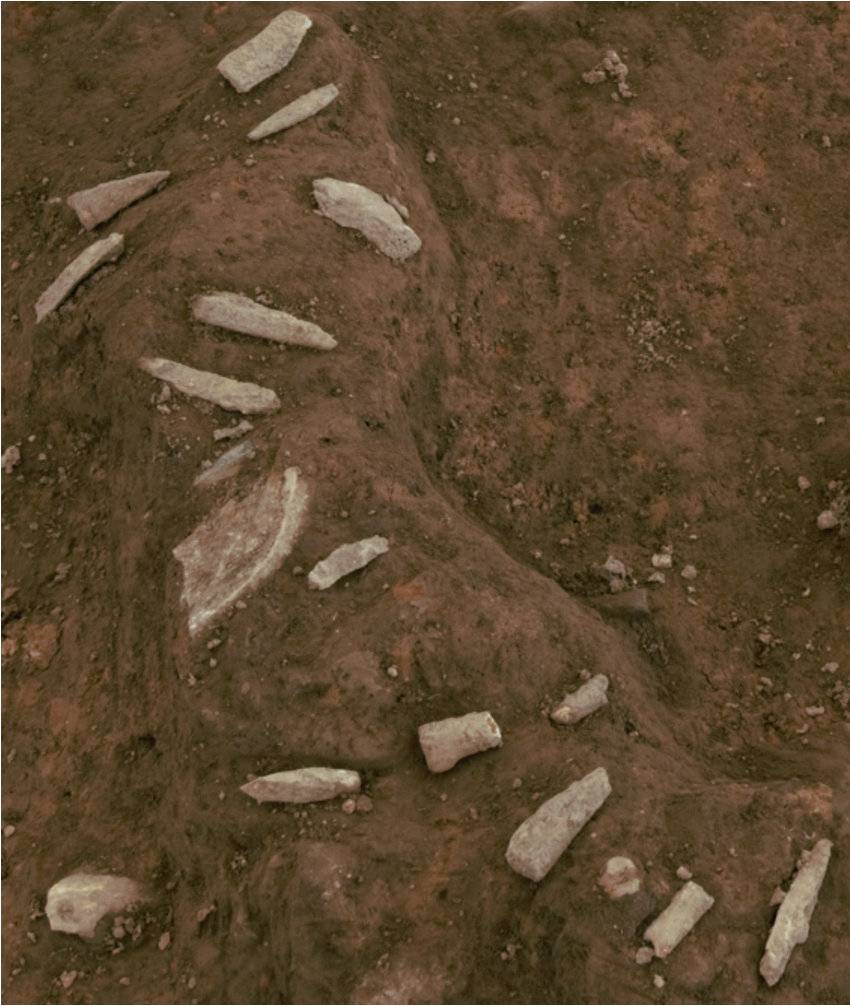
Bone, corner relic
In addition, many years of archeological discovery found different levels of buildings and tombs in many grids. Zhao Haitao speculated that each grid should belong to different people, indicating that the city of Erli is likely to have a layout of residential residences, walls outside the area, and burying one.
"Such a strict, clear, and regular planning layout shows that the level of social structure at that time is obvious and orderly. It is believed that these unprecedented new creations of the layout of Duyi have been inherited by later generations, reflecting the epoch -making changes created by the Kingdom of Erlitou and the leading role of the business and Zhou civilization. refer to.
The first discovered rich pottery relics
It contains more lacquer pots
The dragon -shaped device consisting of more than 2,000 different shapes of green pine chips may be the beginning of many people's understanding of the Erlitou site. At the Erlitou site, a certain green pine machinery processing workshop was revealed before. Zhao Haitao said that since the excavation of the site, a large number of bronze, bone, jade, green pine, stone artifacts and other handicraft archeological relics were discovered. Among the archeological results released this time, the new handicraft workshop was found.
Zhao Haitao introduced that for the first time in the north edge of the site, a richer ceramic relic was found. Tao kiln, mud pits, mud, soil, slag, deformation pottery, a large number of crushed pottery, pottery pads, trimming tools, etc., including it, including it, including it, including it. Multiple stages of pottery technology. It is worth mentioning that the archeology also found more lacquer pots, suggesting that there may be lacquer workshops around the surrounding area, perhaps an important area for exploring lacquer workshops, and it needs further research.
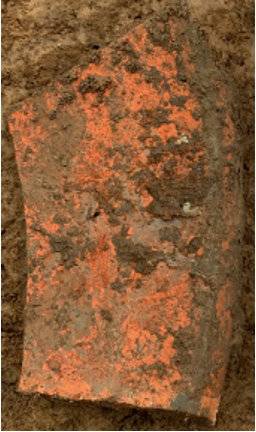
Lacquer
"These rich relics provide important information to explore the distribution of pottery workshops in the city of Erlitou, and then explore the operating process, process, and pottery characteristics of the pottery handicraft industry, which provides important information."
Not only that, in the southwest corner of Gongcheng, archeological players found nearly a hundred square meters of bone and corner processing workshops. A large number of bone and keratin relics were unearthed. All aspects of equipment processing.
In the future, with the efforts of archeologists, these findings will help understand the processing process and processing process of Culture bone and corner of Erlitou. Based on its location relationship, it can better understand important issues such as urban layout, planning concept, and the latest stages of Erlitou culture.
[If you have news clues, please report to us. Report WeChat Follow: IHXDSB, Report QQ: 3386405712]
- END -
Lile and Le Shandong | Zaozhuang: Municipal Central District -level Intangible Cultural Heritage Project -Lunan Suns and Craftsman's Porcelain Skills
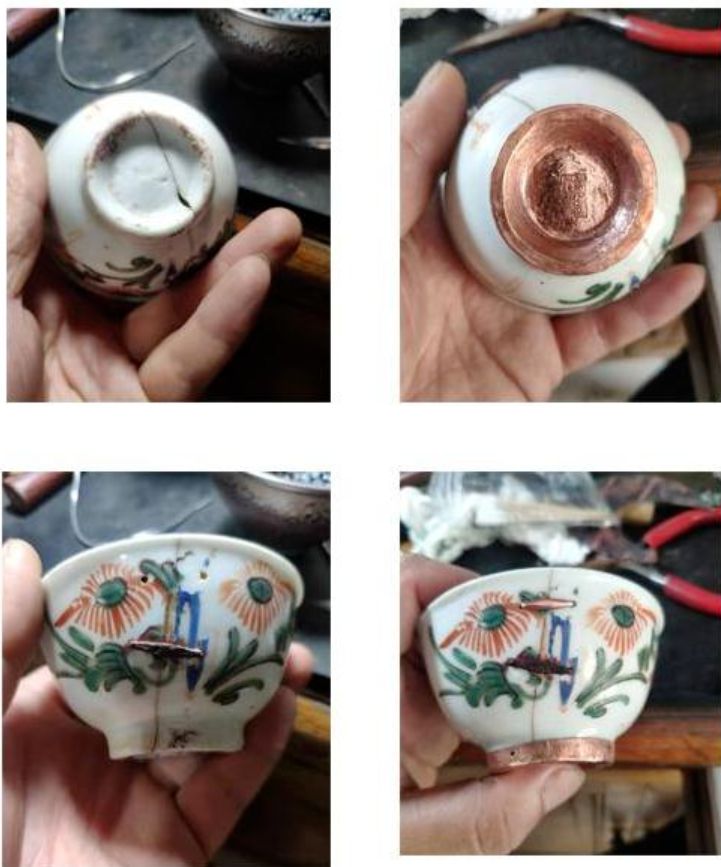
Porcelain is an ancient skill in China. The porcelain craft is the technology that...
[Lujiang Poet Yonglujiang] Zuo Zhefu Volume (1)
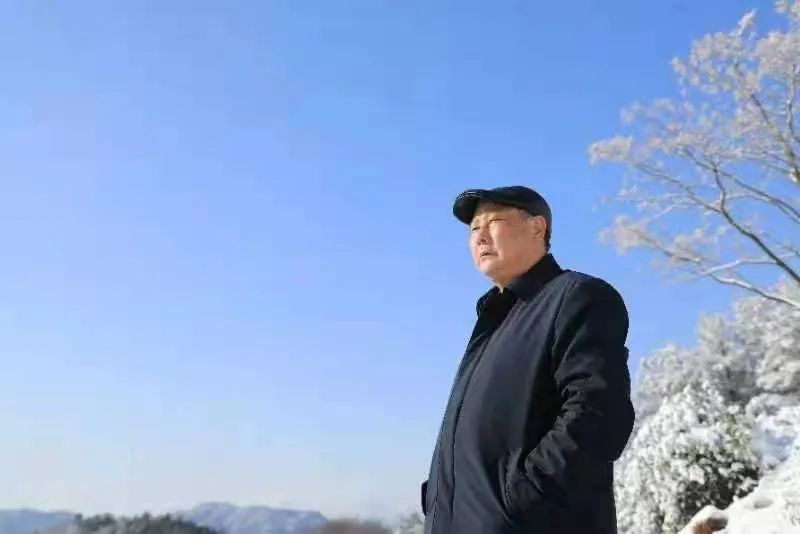
Zuo ZhefuZuo Zhefu, a native of Lujiang, Hefei, a member of the Chinese Poetry Soc...